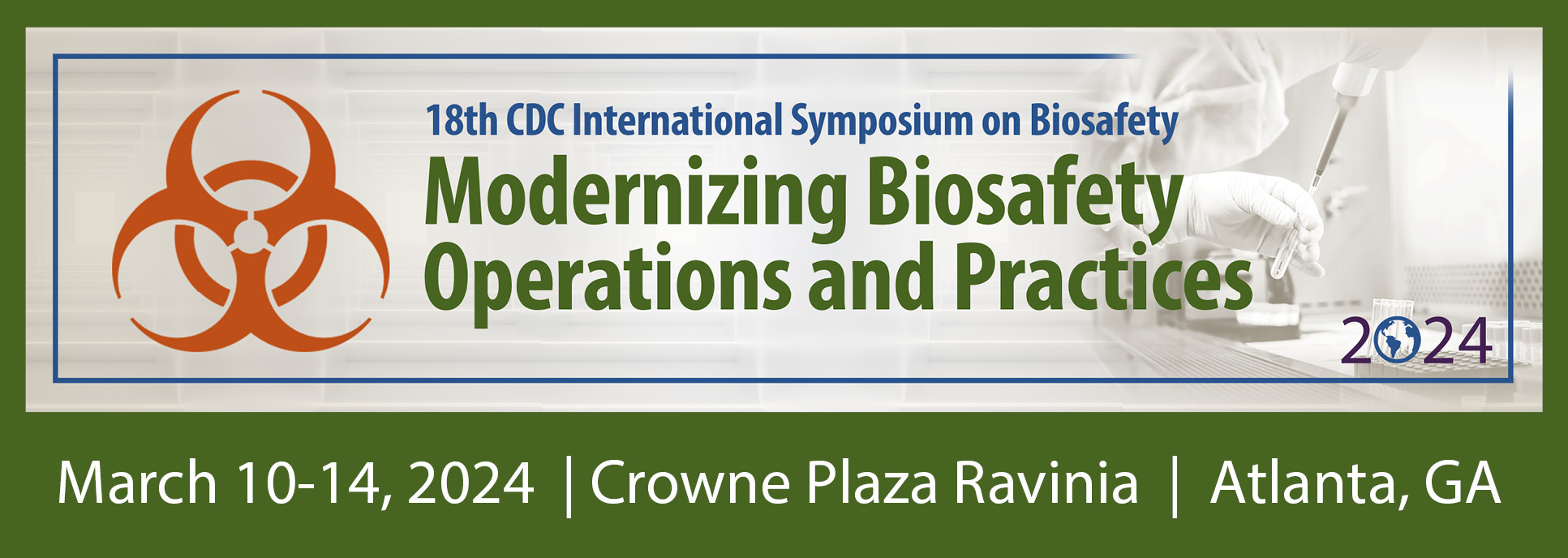This course is designed for individuals new to the profession, EHS professionals needing an understanding of biosafety, and for those interested in a refresher on the fundamental principles and practices of biosafety. Participants will gain a solid foundation in biosafety concepts, enabling them to understand and mitigate risks associated with biological materials in various laboratory settings. Class content and discussion include regulatory standards and guidelines, hazard identification, risk assessment and mitigation. Mitigations discussed will include biosafety levels and facility design, proper choice and use of personal protective equipment, waste management, decontamination, and sterilization, and more.
Scott Alderman, MS, CBSP, Duke University Medical Center,
Paul Meechan, PhD, RBP, CBSP, Biosafety Consultant
Field biosafety practices have historically suffered from disparate guidance provided by various institutional biosafety committees, IACUCs, and government agencies, with varying levels of field experience. This course introduces innovative field biosafety levels designed to establish uniform standards for all investigators, regardless of their scientific discipline. We address the longstanding challenge of standardizing field biosafety, particularly in the context of zoonotic disease transmission. The workshop covers key aspects, such as identifying primary hazards, conducting risk assessments, and effectively applying field biosafety levels and personal protective equipment (PPE) selection, aiming to enhance safety and promote consistency in fieldwork protocols.
Marc Valitutto, VMD, EcoHealth Alliance
This workshop will examine published papers on laboratory acquired infections and exposures to determine what we can learn to future avoid exposures. The attendees will take a deep dive into the literature to consider the history of lab acquired infections, review a scoping review summary of published articles, analyze the data to determine the root cause of select exposures, and discuss identified gaps.
Mike Pentella, PhD, D(ABMM), State Hygienic Laboratory, University of Iowa
Erin Bowles, BS, MLS(ASCP), Wisconsin Stale Laboratory of Hygiene
Shoolah Escott, MS(MLS) MT (ASC), State Hygienic Laboratory, University of Iowa
In order to mitigate biorisks, entities must integrate biosafety, biosecurity, and emergency management to effectively identify, assess, control, evaluate risks, and develop informed plans to respond to the risks inherent to their activities.
In this class we will discuss the importance of integrating emergency management as a part of a robust biorisk management program. We will explore the five mission areas of emergency management, the development of robust and nested plans, and the importance of exercising those plans to failure. We will also discuss considerations for special communities within your entity, such as laboratory animals and clinical laboratory services.
Christine C. Lawson, PhD, RBP (ABSA), CBSP (ABSA), and Mary R. Chizmar, Biorisk Program Office, DoD
The Emory National Primate Research Center (EPC) is one of only seven National Primate Research Centers dedicated to fighting diseases from Alzheimer’s to Zika and improving human and animal health and lives worldwide. In partnership with the National Institutes of Health (NIH) and others, the NPRCs conduct and enable studies that make breakthrough discoveries of causes, preventions, treatments and cures possible. During this tour, you’ll talk with researchers to learn about the EPC’s research. Plus, you’ll see some of the more than 2,000 nonhuman primates, including rhesus monkeys and sooty mangabeys, that participate in behavioral research and our breeding program at the Field Station and learn about the care we provide these invaluable research animals. This is a unique learning opportunity that will help ensure you have accurate information about how research with animals is improving lives.
This session will focus on considerations for risk assessments in animal facilities in today’s fast-paced landscape of research development. In addition to general concepts of risk assessment in the animal research facility, we will recognize current challenges in the United States and how they may impact research and safety mitigations. These topics may include, among others: the use of humanized mice and other genetically altered models, use of novel vaccine and therapeutic technologies, downgrading the ABSL status of animals and/or infectious agents, and how global animal shortages impact day-to-day decisions and potential occupational exposures. Attendees will explore these concepts through a combination of exercises and small group discussion.
Sarah Genzer, DVM, DACLAM,
Jillian Condrey, DVM PhD DACLAM,
Sherrie Jean, DVM, DACLAM,
Alyssa Kleymann, DVM, MSc,
Eric Velazquez, DVM, PhD, and
Lucie Noall, DVM, MPH, Comparative Medicine Branch, CDC
.
The David J. Sencer CDC Museum Tour
A Smithsonian Affiliate, the museum uses award-winning exhibits and innovative programming to educate visitors about the value of public health and presents CDC’s rich heritage and vast accomplishments.
CDC Laboratory Training Facility Tour
In 2019, CDC opened a state-of-the-art laboratory training facility. The 4,760-square-foot facility was designed to provide hands-on training to laboratory scientists with access to high-containment laboratories. This space offers CDC laboratory programs a facility to test new protocols and equipment in a realistic laboratory setting in the absence of pathogens.
CDC Emergency Operations Center Tour
The EOC serves as a location for public health experts to monitor public health threats daily and manage emergency responses to those threats. During a public health emergency, CDC activates its Emergency Operations Center, which can support discrete aspects of small- and medium-scale responses or manage and track every part of a large-scale response. The EOC brings together experts and modern technology to coordinate resources and information.



